Relatability and Likeability
With literary fiction and character-based novels, I care about two things: relatability and likeability. Relatability is how I can connect to thoughts or behaviors of characters. I don’t have to have had the same experiences, but I need to understand what is motivating the characters, why are they doing what they are doing. If characters are unrelatable, it takes me out of the story and I don’t care about what happens to them. Similarly, likeability always plays a big role in my reading. I don’t need to like all the characters in a story, but I need to like one. One is enough. When I am choosing to read a book, I am choosing to spend time with people. When I find myself with a book where I cannot connect to even one person, then I am done.
This became clear to me as I thought about books written by Elizabeth Strout. For the past 10 years, she has written two series, each with a primary female protagonist: Olive Kitteridge and Lucy Barton. One I love, one I do not. I did not finish Olive Kitteridge because I found Olive so horrid. Last year I read Olive Again, her follow-up (People were raving; I felt compelled). This time I finished it, but I still did not enjoy it. When I picked up My Name is Lucy Barton, I was completely enamored. Recently, I read Oh William!, another in the Lucy Barton series, and I loved this quiet reflection on life and marriage.
Likeability and Relatability are the differences for me between the Strout books I love and those I do not. If you have never read an Elizabeth Strout novel, I highly recommend you do. She is one of the best novelists writitng today. Her new book Lucy By The Sea is getting rave reviews and being profiled everywhere this month - The Atlantic, New York Times, Washington Post, New Yorker, The Guardian, etc. Since it takes place during a period of Covid lockdown, I am skipping for now but will most likely read at some point. I am not interested in reading about people’s quarantine experiences, real or fiction.
PSA for your public library: I want to reiterate my love of the Hoopla and Libby Apps for a steady supply of great books. Libby offers ebook and audio versions of many popular titles though you may have to wait on a holds list. Hoopla has a wider selection of backlist and less conventional titles, but whatever you see is available to borrow immediately. I usually check both when looking for a book. Note: Hoopla e-books can not be read on Kindle devices so I usually borrow audio books (though occasionaly I will read an entire book on my phone).
The trailer is out for Three Pines (based on Louise Penny’s wonderful Inspector Gamache series.) I am so excited - it looks great!
An Ode to Halloween
I love Halloween. I love pumpkins, falling leaves, and October shadows. I love seeing little kids in costumes, and handing out candy. I also love Halloween Children’s books. One of my family’s favorites is Halloween by Jerry Seinfeld (2002). It has wonderful illustrations and it originally came with a CD of Jerry reading his story. We read and listened to this over and over for years. This book perfectly encapsulates both my kids’ love of candy and my own childhood memories of Halloween. I recently found a reading of this by Jerry himself - enjoy (just click on the image to listen.)
There is still time to read something a bit more scary this Halloween. Two of my favorites (that I have mentioned before) are The Sundown Motel and The Southern Book Club’s Guide to Killing Vampires. I also just read and loved the Nothing Man (see review below).
And on a sweeter note:
If you are wondering what to do with left over Halloween candy, bake Halloween Candy Cookies. I follow my usual chocolate chip cookie recipe and then replace the chocolate chips with an equal (or larger amount) of assorted candy bars chopped up. Reeses, Hersheys, Snickers, Butterfingers, Milk Way, Almond Joy, Kit Kat - anything goes. They are fantastic! Need a good Chocolate Chip recipe? I love this one and this one.
Recent Reads
The Wild Hunt is the perfect read for October. (Shout out to Mel from A Strong Sense of Place for this recommendation.) The book is set on a remote Scottish island just after WW2. Emma has returned to the island after her father’s death to find it haunted. Haunted by the past - the grief and tragedy of war, and haunted by large dangerous crow-like birds. They are taking over the island and the annual October ritual that kept them at bay is no longer working. When a young man goes missing, Emma takes it upon herself to try and find him. This is a gorgeously written book with an eerie setting, complicated family relationships, and Scottish folklore woven in. Though this feels mythical at times, it is grounded as well. Post WW2 is one of my favorite settings for historical fiction. Characters are often dealing with grief, making new starts, and coping with post-war scarcity. The rawness and vulnerability they contend with makes for great storytelling. [Publish Date: 8/22, Pages: 359]
The Nothing Man refers to a person who commited a string of heinous crimes but was never caught. He is called the Nothing Man because he left nothing behind. But Eve Black, a survivor of one of his crime sprees, prefers this name because he is a nothing, a nobody to her. Eve is determined to move forward and publish a book about her trauma and the search for the perpetrator. As she tells her story and researches his other crimes, she gets closer and closer to discovering who the Nothing Man is. The intensity level is high because the reader knows Eve escaped the first time but she may not escape again. Part suspense, part police procedural, this book hits all the right notes for me and is my favorite Catherine Ryan Howard book to date. [Publish Date: 8/21, Pages: 368]
Author and friend Jeanne Hull Godfrey is a former army intelligence specialist, West Point Graduate, and PHD who recently fulfilled her dream of writing a book. SciFi is one of the genres I read the least, but I loved Midgard. The year is 2055 and earth is struggling. Climate crises have increased and made human life unsustainable. Scientists and government officials are racing to find ways to continue life (for some) on Earth. But not everyone is unified, people are disappearing, and government facilities are being attacked. When Sam Richardson qualifies for a high level government job, he finds not all is as it seems and he begins to uncover what is really going on. I was drawn to the characters (especially Sam), and picked this book up whenever I had a free moment. This is the first of a three book series and is a great read for people interested in climate fiction. I particularly like that it is hopeful and not apocalyptic. [Publish Date: 8/22, Pages: 320]
Frida Kahlo’s popularity has skyrocketed in recent years. Her image is recognized everywhere; I even embroidered it on a pillow for my sister. In What Would Frida Do, the author weaves lessons from Frida’s life into the book’s structure. For example, she encourages us to take care in how we dress, pursue things we love, and be generous. But I found learning about Kahlo’s life the best part of this book. I don’t necessarily think Kahlo’s life is one to be modeled (she was a devout communist and serial adulterer), but she is a fascinating person. She suffered debilitating injuries and lived with physical limitations, yet she continued to paint throughout her life. She loved widely and passionately, but sadly was unable to carry any children to term. She married Diego Rivera, divorced, then promptly remarried him. Her art is incredibly personal, yet people connect intimately with it and her. She loved her home country of Mexico and embraced folk and indigenous art before it was trendy. This is a quick listen that gave me an appreciation of Frida Kahlo as a person and artist. [Publish Date: 11/21, Pages: 256]





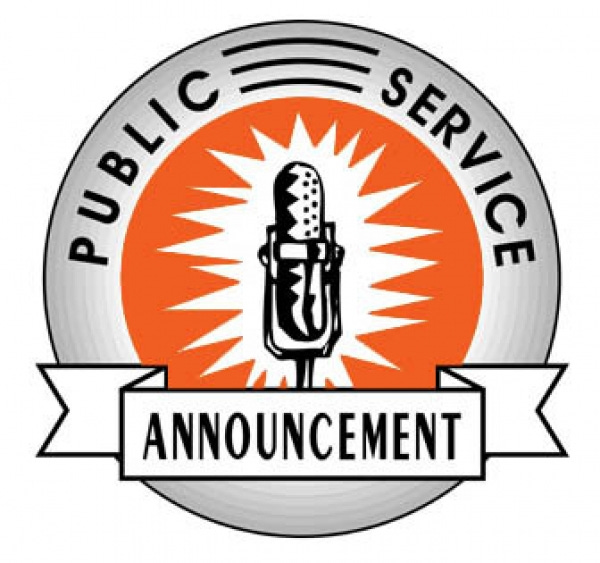
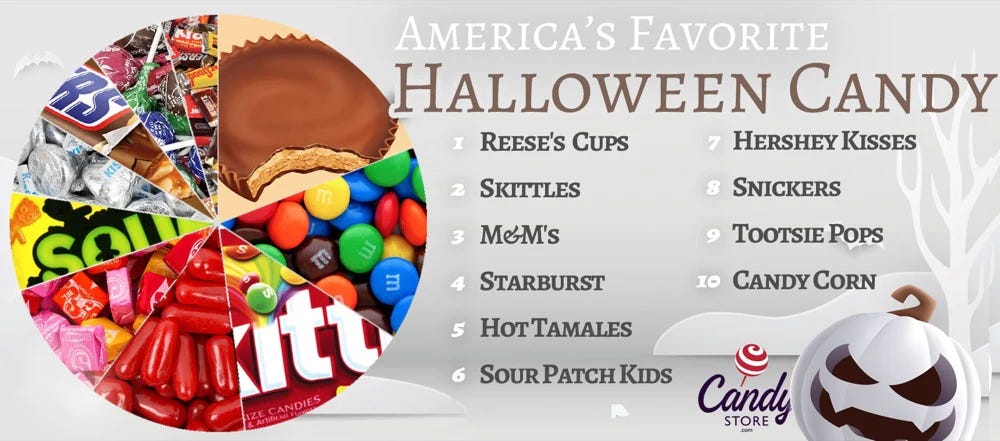

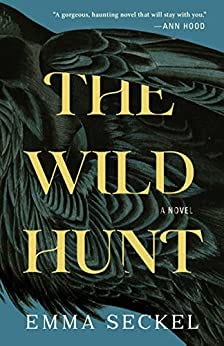
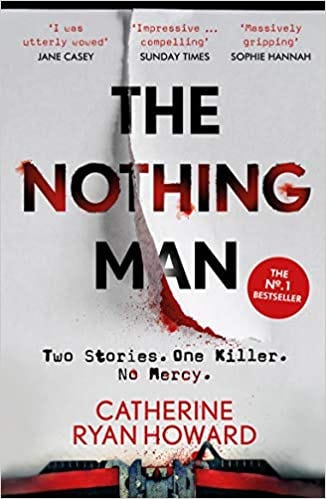
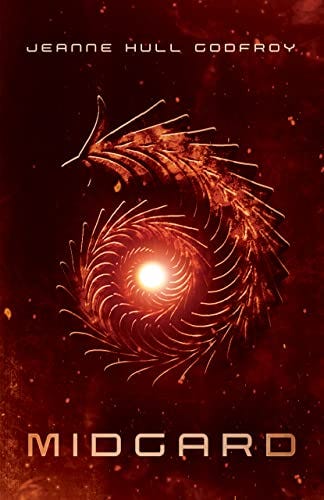
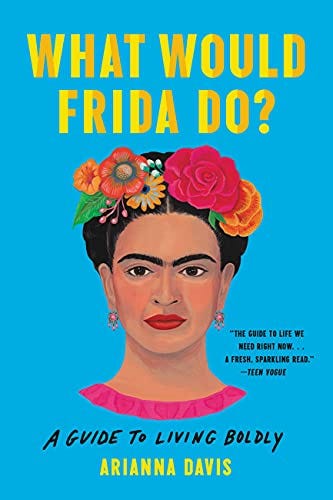
Can’t wait for the “Three Pines” series to come out.
You read such a diverse selection of books for this newsletter.
I may check out the post WW2 mystery.